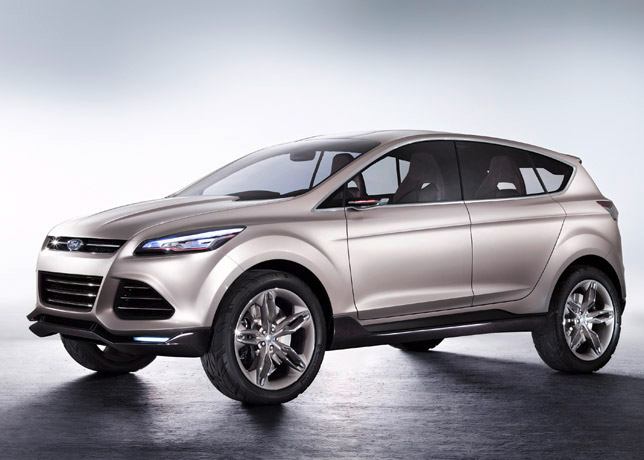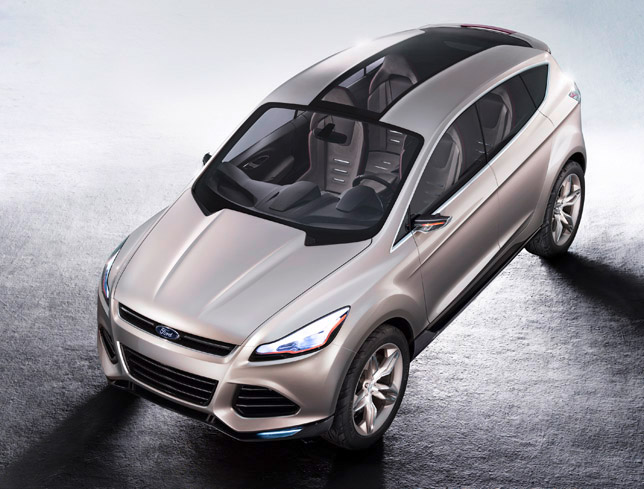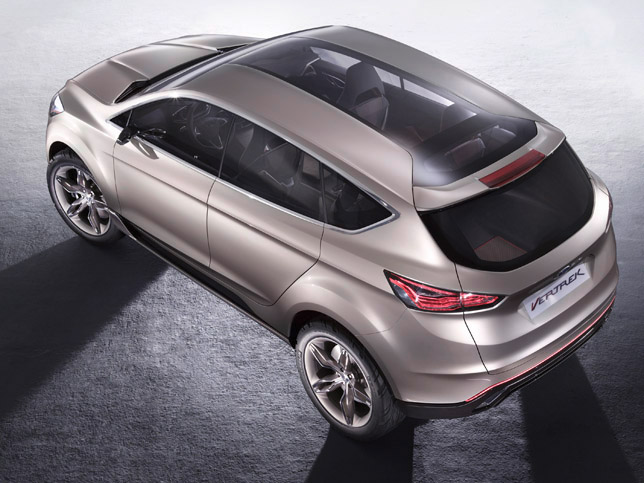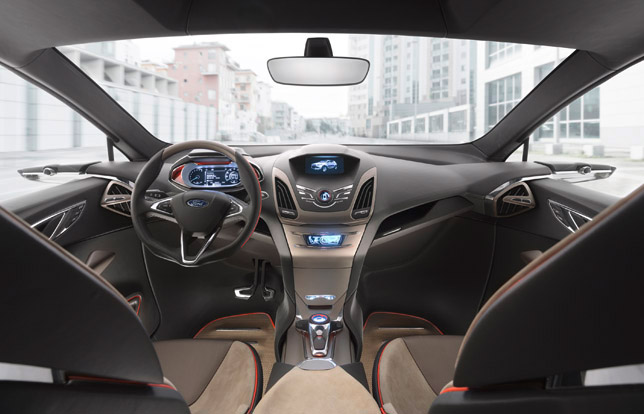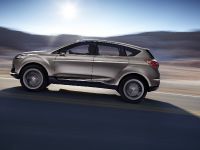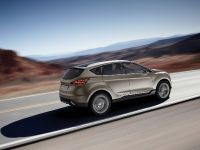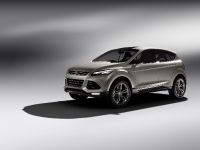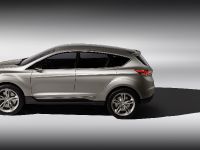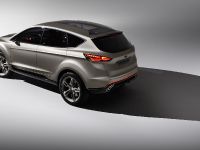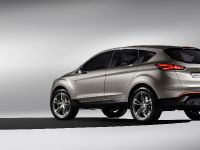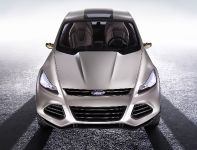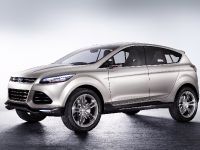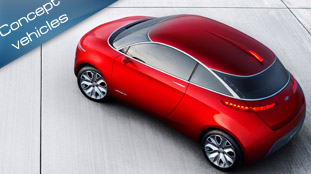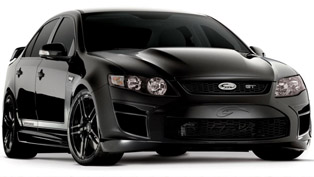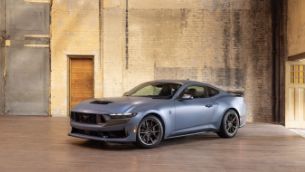Ford Vertrek Concept
Ford has unveiled Vertrek concept at the 2011 North American International Auto Show in Detroit. The SUV is a sleeker, sportier and more stylish compared to the other vehicles on the market.
"Vertrek concept is a no-compromise solution we feel utility vehicle customers will embrace around the world," commented Derrick Kuzak, Ford group vice president of Global Product Development.
"It is a revolution compared to what is typically seen in this segment in North America and is a stylish evolution compared with products outside North America. This new design is sleeker and more fuel efficient and delivers the capability, including people and cargo volume, customers demand globally.", he added.
Ford Vertrek features advanced turbo diesel common-rail direct-injection (TDCi) engine and introduces Ford Auto Start-Stop technology, which is a little late compared to the other big brands.
The acclaimed 2.0-liter Ford Duratorq TDCi engine has recently been upgraded to deliver even higher efficiency with improved performance, fuel economy and refinement. The CO2 emissions are reduced by up to 7 percent.
There is also a 1.6 liter EcoBoost, which gives the vehicle the power of a larger engine yet delivering significantly better fuel economy and CO2 emissions.
The Ford Auto Start-Stop system automatically shuts down the engine, when the vehicle is at idle – at a stoplight, for example – and quickly restarts the engine when the driver wants to move off.
With the help of the Start-Stop system, the CO2 emissions are reduced up to 5 percent as well as the fuel consumption. In city driving and in heavy traffic with frequent stops, the savings could increase to as much as 10 percent.
When the engine shuts down, the electronic control unit immediately prepares the engine's systems for an instant restart. An integrated system of sensors is then used to detect when the driver performs an action that signals the intent to drive off, such as pressing the accelerator or clutch pedal. As soon as the driver prepares to move away, the engine starts quietly and almost instantly; it takes the system only around 0.3 second to fire up the engine.
